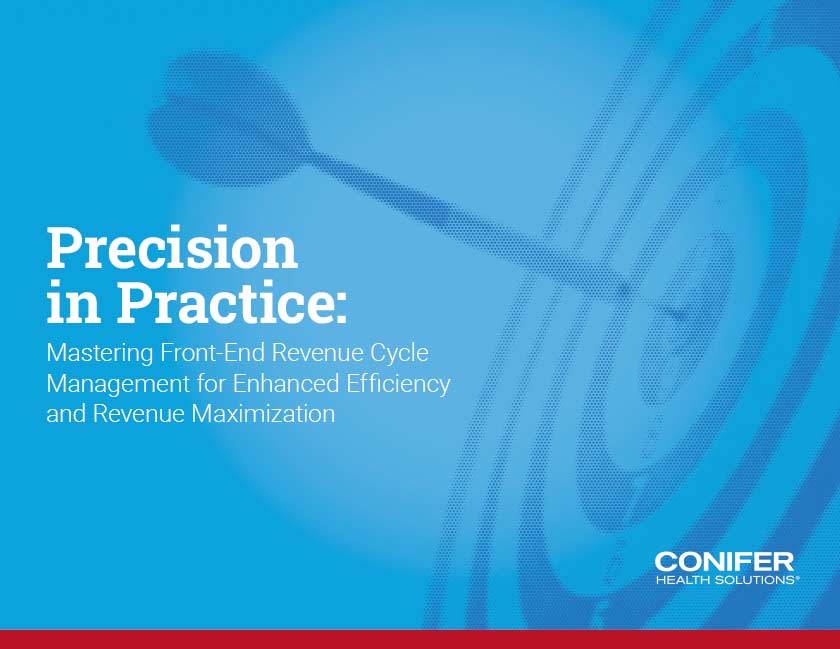CHAPTER 4
Enhancing Eligibility and Enrollment
CHAPTER 4
Enhancing Eligibility and Enrollment
While the number of uninsured Americans is dropping, millions are still without coverage.1 Even those with insurance can experience a myriad of plan changes with each annual enrollment period. Therefore, it is vital that providers have robust eligibility and enrollment processes to ensure they capture complete, accurate coverage information on every patient.
Variations and changes in coverage, copays, deductibles, and network restrictions make it challenging for providers to accurately determine patient financial responsibility and achieve optimal payer reimbursement.
26M
Americans* do not have health insurance.
217M
Americans are covered under a private health plan.
62M
Americans are covered under Medicare.
62M
Americans are covered through Medicaid.
* 7.9% of the population
Automating eligibility verification and enrollment can improve the patient experience by removing manual, error-prone processes that inhibit a patient’s ability to receive timely care.
Three Steps to Ensure Accurate Eligibility and Enrollment
Coverage changes will always be an ongoing challenge providers must contend with. Fortunately, there are three steps providers can take to streamline eligibility and enrollment to ensure optimal revenue and a positive patient experience.
Automation technology like artificial intelligence (AI) and robotic process automation (RPA) can capture insurance, eligibility, and demographic data faster and more accurately than humans alone. These technologies use intelligent workflows to make it easier to identify coverage changes, as well as secondary and tertiary coverage. Having this information helps reduce denials, delays in care, gaps in care, write-offs, and surprise bills.
Between March 2020 and March 2022, there were more than 100,000 payer requirement changes, making it difficult for revenue cycle teams to keep up.3 Coding errors, changes in prior authorization and medical necessity requirements, and timely filing issues can all be mitigated through staff education. It can be helpful to assign specific staff to own a particular payer or set of payers, with special attention paid to those that deny the most claims.
Each patient has a unique financial situation, whether insured or not. Providers must look at patients holistically, which includes things like propensity to pay and social determinants of health, and then determine the best path forward in helping them pay for their care. This should include counseling and education around their financial responsibility, including estimates, and patient-friendly payment plans. When applicable, providers should help patients who qualify for financial assistance apply for that help.

eBook: Precision in Practice
Mastering Front-End Revenue Cycle Management for Enhanced Efficiency and Revenue Maximization
Discover the blueprint for transforming front-end revenue cycle management in this comprehensive eBook. Gain insights into simplifying scheduling, mastering prior authorizations, overhauling registration, and optimizing eligibility & enrollment processes to drive financial health and elevate patient experiences. This guide is essential for healthcare leaders seeking to maximize efficiency, enhance patient satisfaction, and bolster their organization’s bottom line.
References
- https://www.webmd.com/health-insurance/news/20220803/us-uninsured-rate-drops-record-low
- https://www.pgpf.org/blog/2023/11/the-share-of-americans-without-health-insurance-in-2022-matched-a-record-low
- https://www.experian.com/healthcare/resources-insights/thought-leadership/white-papers-insights/state-claims-report